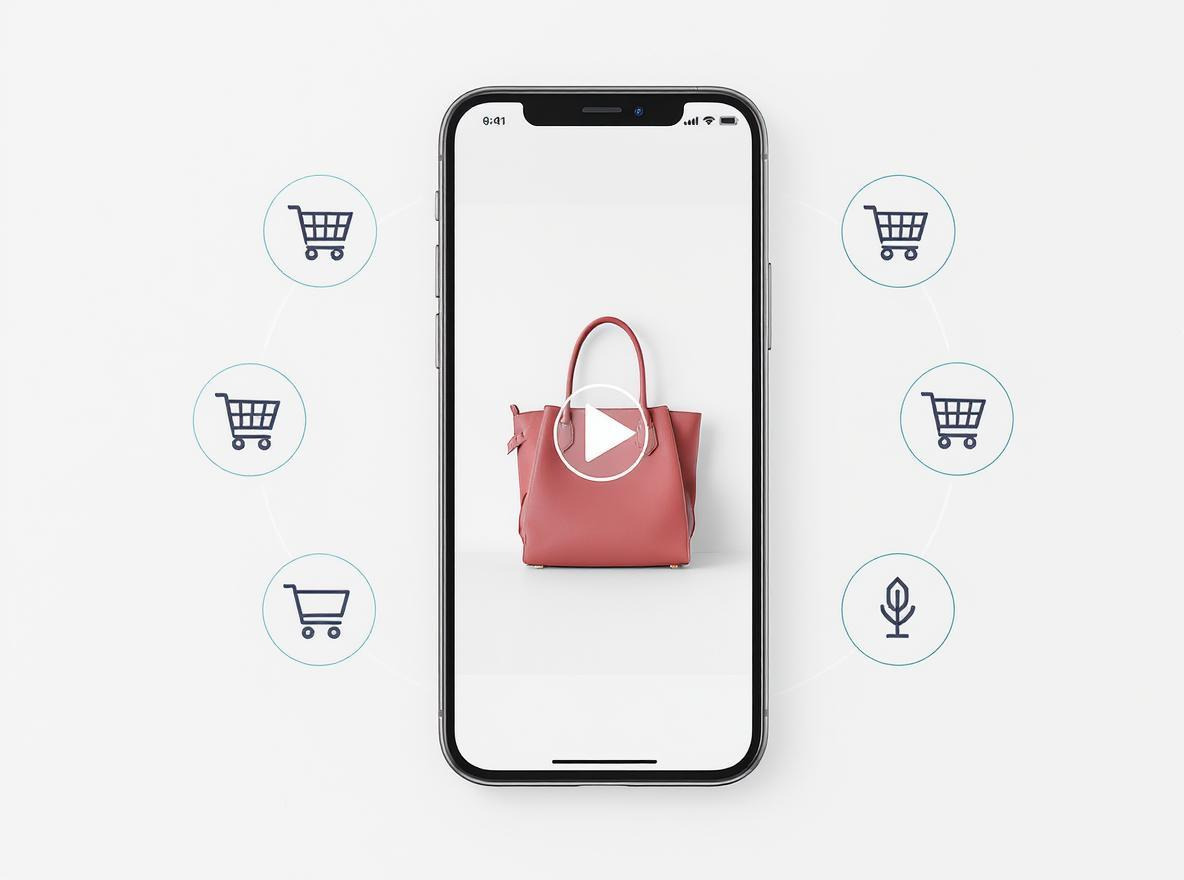Shoppable videos are closing the gap between product discovery and purchase, revolutionizing online shopping. As consumers gravitate toward bite-sized content, these interactive videos have become essential tools for marketers seeking to boost conversion rates. Let's explore 15 shoppable video examples driving impressive results in 2024.
Understanding Shoppable Videos
Definition and Functionality
Shoppable videos blend entertainment with e-commerce functionality. They let you discover and purchase products directly within the video, with no need to switch platforms. Unlike regular videos that just inform or entertain, shoppable videos turn passive viewing into an active shopping journey.
These videos use interactive elements like:
- Clickable hotspots
- Product tags
- Embedded purchase links
See something you like? Just click on it for more information or to buy it immediately. They enhance your shopping experience by removing the hassle of jumping between platforms or websites.
Key Types of Shoppable Videos
Shoppable videos come in several formats:
- Demonstration videos showing products in action from multiple angles
- Interactive catalog videos turning traditional product listings into engaging visual experiences
- Live shopping streams with hosts demonstrating products in real-time with clickable purchasing options
- User-generated content enhanced with shopping capabilities, offering authentic product perspectives
These formats work across social media, brand websites, and e-commerce channels to reach customers wherever they watch videos.
Benefits to Marketers and Consumers
For marketers, shoppable videos deliver:
- Simplified buying process with a streamlined path to purchase
- Boosted conversions through interactive elements and direct purchasing
- Enhanced engagement leading to longer watch times and better brand recall
- Improved user experience creating a seamless shopping journey
- Increased brand awareness through visually compelling product showcases
Consumers benefit through:
- Better product visualization, seeing items in context from multiple angles
- Personalized recommendations based on browsing history—according to Salesforce, 66% of customers expect companies to understand their specific needs
- Streamlined checkout eliminating platform-hopping frustration
- Greater purchase confidence by seeing products demonstrated
Brands like Nike and Sephora have already incorporated shoppable videos into their marketing, proving how effective this format is at converting viewers into buyers while creating meaningful connections.
Shoppable Video Examples Analysis
Example 1: Fashion Industry (ASOS)
ASOS has reimagined fashion content with style tutorials that feel more like hanging out with fashionable friends than watching a sales pitch.
Background: As a leading online fashion retailer, ASOS needed content that would showcase their product range while keeping viewers engaged.
Implementation Strategy: Their format features creators demonstrating practical outfit assembly, blending current trends with wardrobe staples.
Key Features:
- Tutorial-style videos showing multiple styling options for single pieces
- Natural, conversational presentation that feels authentic
- Seamless product tagging that doesn't interrupt viewing
- Focus on versatility (e.g., six different ways to style a leather jacket)
Results and Takeaways: By pairing trending items like cargo pants or platform boots with practical styling advice, ASOS drives engagement while providing genuine value. Their approach shows that educational content sells when it addresses real concerns about wearing challenging fashion items.
Example 2: Beauty Industry (Kate Spade)
Kate Spade takes a celebrity-driven approach through their collaboration with Anna Kendrick, creating content that mixes entertainment with shopping.
Background: Kate Spade needed to strengthen their positioning as both polished and playful, appealing to people who value quality and personality.
Implementation Strategy: The brand created a series featuring Anna Kendrick in relatable moments that align with Kate Spade's aesthetic.
Key Features:
- Celebrity partnership adding star power without overshadowing products
- Storytelling capturing everyday moments (morning coffee runs, taxi rides)
- Natural product integration of bags, accessories, and clothing
- Balance of aspirational elements with accessibility
Results and Takeaways: By placing products within narratives that feel like a friend's stylish adventures rather than advertisements, Kate Spade creates emotional connections while showcasing merchandise in context. This shows how brands can use personalities whose image matches their values to create authentic-feeling content.
Example 3: Home Goods Industry (IKEA)
IKEA brings Scandinavian simplicity to shoppable video with "Bedroom Habitats," turning everyday bedroom scenes into engaging shopping experiences.
Background: IKEA needed a creative way to showcase bedroom furniture that would stand out while maintaining their practical, design-focused identity.
Implementation Strategy: The brand created videos styled like nature documentaries, with witty narration observing the "natural habitats" of different bedroom dwellers.
Key Features:
- Humorous documentary-style presentation
- Transformation of ordinary bedrooms into fascinating "landscapes"
- Products showcased in context within different lifestyle scenarios
- Subtle hotspots responding to viewer curiosity
- Clean shopping interface matching IKEA's aesthetic
Results and Takeaways: IKEA balances entertainment with utility, letting viewers enjoy humorous narration while solving bedroom design challenges. The campaign shows how brands can use creative framing to make functional products feel fresh and interesting.
Example 4: Fashion Retail (Ted Baker)
Ted Baker took storytelling to new heights with "Keeping Up with the Bakers," merging episodic content with interactive shopping.
Background: Ted Baker wanted to differentiate themselves by creating content with narrative depth that would keep customers returning for both entertainment and shopping.
Implementation Strategy: The brand launched an eight-episode sitcom-style series following a seemingly perfect suburban family with hidden secrets, integrating shoppable elements throughout.
Key Features:
- Episodic format building viewer investment
- 360-degree video allowing viewers to explore from every angle
- Clickable products integrated into the narrative
- Interactive elements preserving story flow
- Coverage of clothing, accessories, and décor
Results and Takeaways: Ted Baker showed how fashion brands can use longer-form content to create immersive worlds where products exist naturally within compelling narratives. The 360-degree format encouraged repeated viewing as customers discovered new products with each rewatch from different angles.
Example 5: Multi-Brand Retail (General Implementation Strategies)
Beyond brand-specific examples, several universal strategies help successful shoppable videos convert viewers to customers.
Background: As shoppable video technology has evolved, certain best practices have emerged that improve conversion effectiveness.
Implementation Strategies:
- Quality Content First: Successful campaigns start with high-quality footage that captures attention before introducing shopping elements.
- Clear Calls to Action: Effective shoppable videos make it obvious that viewers can purchase directly from the video.
- Educational Elements: Many successful videos include brief tutorials on how to engage with interactive elements.
- Product Showcasing Techniques:
- Highlighting features from multiple angles
- Addressing potential questions
- Demonstrating solutions to pain points
- Emotional Connection: The most effective videos show how products enhance viewers' lives, rather than simply displaying items.
Key Features:
- Limited product focus to avoid overwhelming viewers
- Extended shots (3-4 seconds) after presenting benefits to allow interaction time
- Storytelling elements creating emotional resonance
- Interactive features like polls and questions
Key Elements of Successful Shoppable Videos
Creating effective shoppable videos isn't just about showcasing products—it's about strategically implementing elements that enhance the viewer experience while driving conversions.
Refined and Strategic CTAs
Your calls-to-action should be seamless and purposeful. CTAs need to be:
- Clear without overwhelming the viewer
- Action-oriented with language that encourages immediate engagement
- Visible without making your video look too commercial
Thoughtful Placement
Where you position your shoppable videos affects their effectiveness. For product pages, placing shoppable videos below the "Add to Cart" button rather than at the top of product detail pages can lead to higher conversion rates. This placement allows customers to see products in action after viewing basic information, providing that final push toward purchase.
Seamless Product Information Access
Effective shoppable videos allow viewers to access information on:
- Product variants
- Color options
- Available sizes
All without leaving the video experience. This on-video product detail functionality maintains viewer engagement—once someone exits the video to look up information, you risk losing their interest and momentum toward conversion.
Direct Shopping Functionality
Implement functionality that lets viewers add products to their cart directly from the video. This capability maintains viewer interest throughout the entire video and can increase average order value by offering a continuous shopping experience.
Mobile-Optimized Features
For younger demographics like Millennials and Gen Z, incorporating mobile-friendly features such as "swipe up" functionality can dramatically increase engagement. Without these intuitive interaction methods that align with modern shopping habits, your shoppable videos may lose effectiveness, especially among mobile-first users.
Implementation Insights and Strategies
When implementing shoppable videos for your business, strategic planning and data-driven decisions will significantly impact your success.
Select the Right Platform for Your Audience
Start by identifying where your target audience spends their time online:
- Instagram works exceptionally well for fashion and lifestyle brands due to its visual nature and influencer ecosystem.
- YouTube may better serve tech products or items requiring detailed demonstrations.
- TikTok excels with shorter, trend-driven content that appeals to younger audiences.
Match your product type with the platform where your specific audience is most engaged. Consider each platform's native shopping features, such as clickable product tags, integrated carts, and checkout processes that minimize friction.
Embrace Data-Driven Optimization
Implementing successful shoppable videos requires continuous testing and refinement based on performance metrics. A/B testing is particularly valuable:
- Start with clear hypotheses about what might improve performance.
- Create distinct variants of your videos, changing one element at a time.
- Track key metrics including engagement rates, click-through rates, and conversion rates.
- Apply insights from successful tests to future content.
Platform analytics provide crucial data about how viewers interact with your content. Pay attention to:
- View duration
- Drop-off points
- Products receiving most interaction
Leverage Strategic Partnerships
Collaborating with influencers can significantly amplify your shoppable video strategy:
- Identify creators whose audience demographics align with your target customers.
- Focus on those who have demonstrated engagement and authentic connections with followers.
- Co-create content that seamlessly integrates your products while maintaining the influencer's authentic voice.
- Promote across both your channels and the influencer's platforms to maximize exposure.
According to industry best practices, authentic product reviews from trusted voices can dramatically influence purchase decisions when incorporated into shoppable video content.
Implement Clear Action Paths
Every shoppable video needs strategic calls-to-action (CTAs). Your CTAs should:
- Clearly communicate what action you want viewers to take.
- Use action-oriented language that creates urgency.
- Be visually distinctive and strategically placed at key moments.
- Guide viewers naturally toward purchase decisions.
Monitor CTA effectiveness through click-through and conversion metrics, then optimize placement and messaging based on performance data.
By approaching implementation with these strategic insights, you'll create more engaging content that drives meaningful results. The key is combining creative storytelling with data-informed decision-making throughout your process.
Conclusion
Shoppable videos transform e-commerce by delivering measurable results across multiple dimensions of the customer experience. By enabling consumers to purchase products directly within video content, these interactive experiences eliminate friction points and create seamless pathways to purchase that today's digital shoppers expect.
The evidence speaks for itself: 80% of online consumers are more likely to buy from brands offering interactive content, and about 66% of customers expect retailers to understand their individual needs and preferences.
Brands using shoppable video examples gain significant advantages:
- Streamlined buying processes
- Boosted conversion rates
- Enhanced customer engagement
These videos provide superior product visualization from multiple angles, build brand trust through authentic demonstration, and deliver personalized shopping experiences that foster lasting customer relationships.
As leading brands across industries have shown, shoppable video examples offer a powerful way to meet customers where they are with immersive, conversion-focused content that bridges the gap between inspiration and action.
Ready to Transform Your Fashion Brand with Video Commerce?
Discover cutting-edge strategies and insights tailored specifically for fashion and apparel brands in our comprehensive guide: 2025 Fashion & Apparel Video Commerce Playbook.
Download now to unlock the secrets of creating shoppable video experiences that engage customers and drive conversions for your fashion brand!
Unlock Exclusive Insights
By submitting this form, you agree to Firework's privacy policy and consent to receive personalized marketing communications. You can unsubscribe at any time.
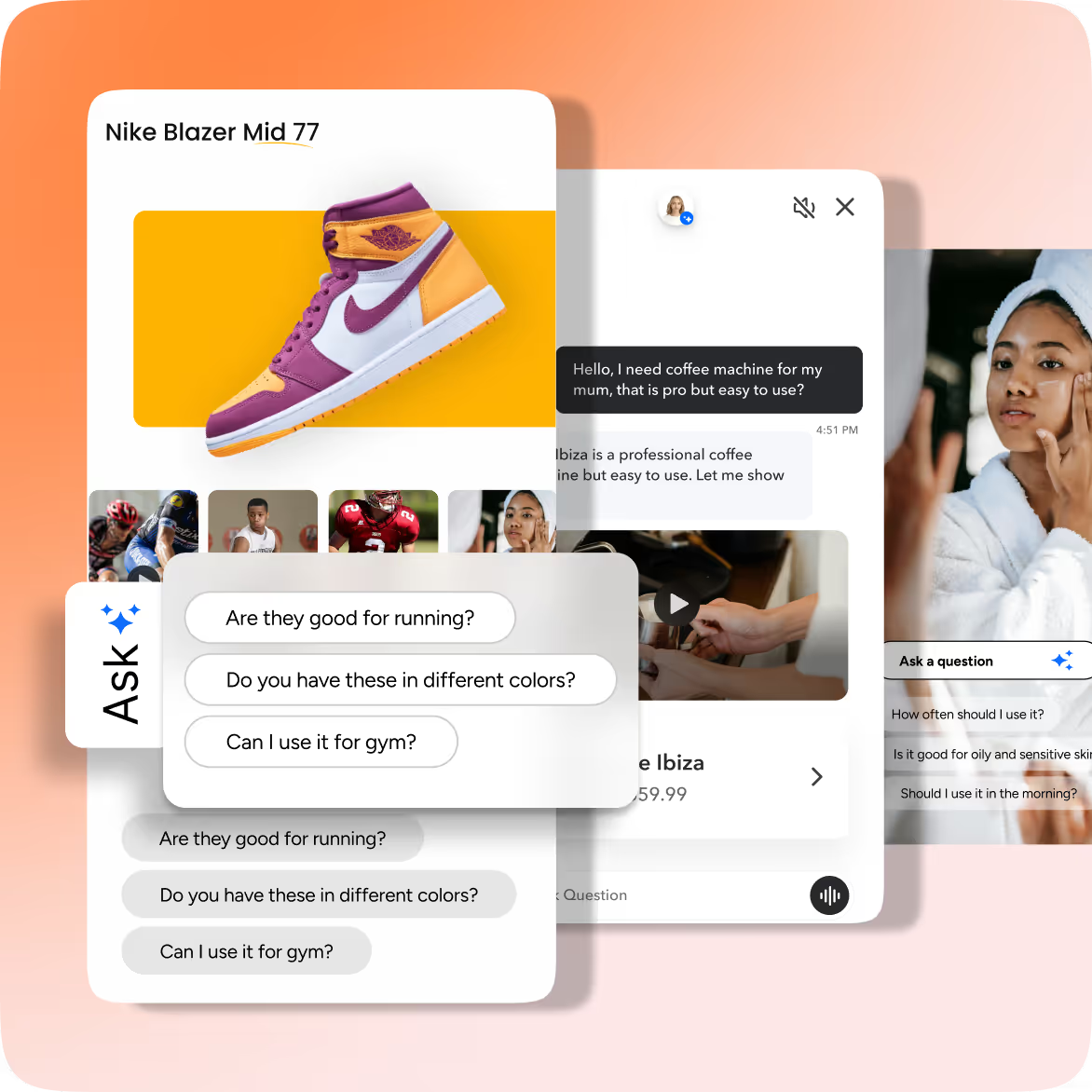
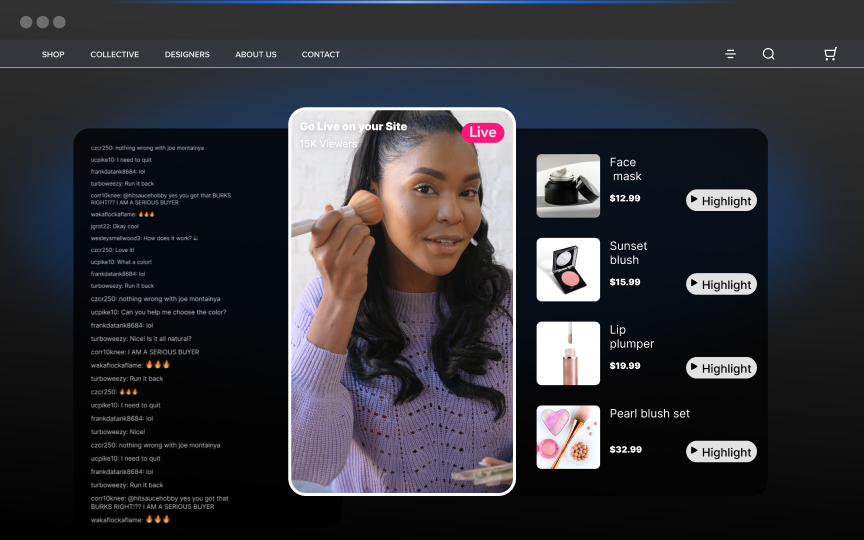
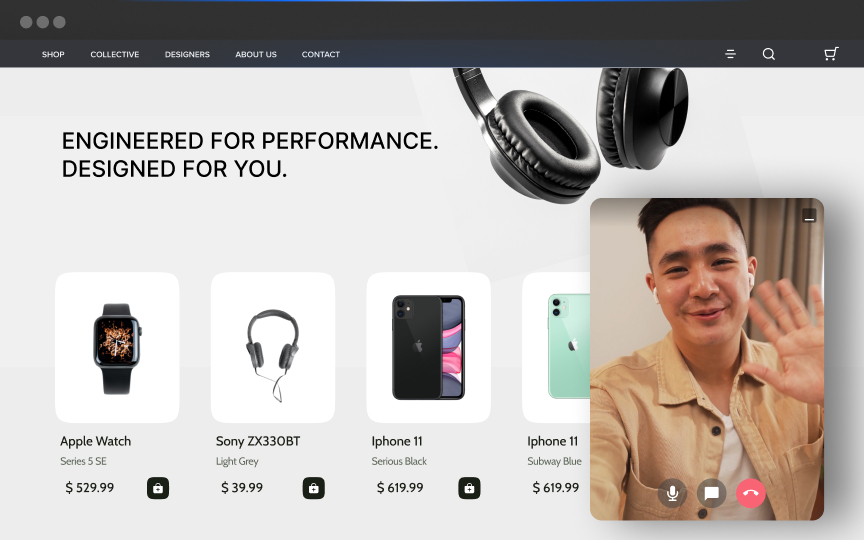


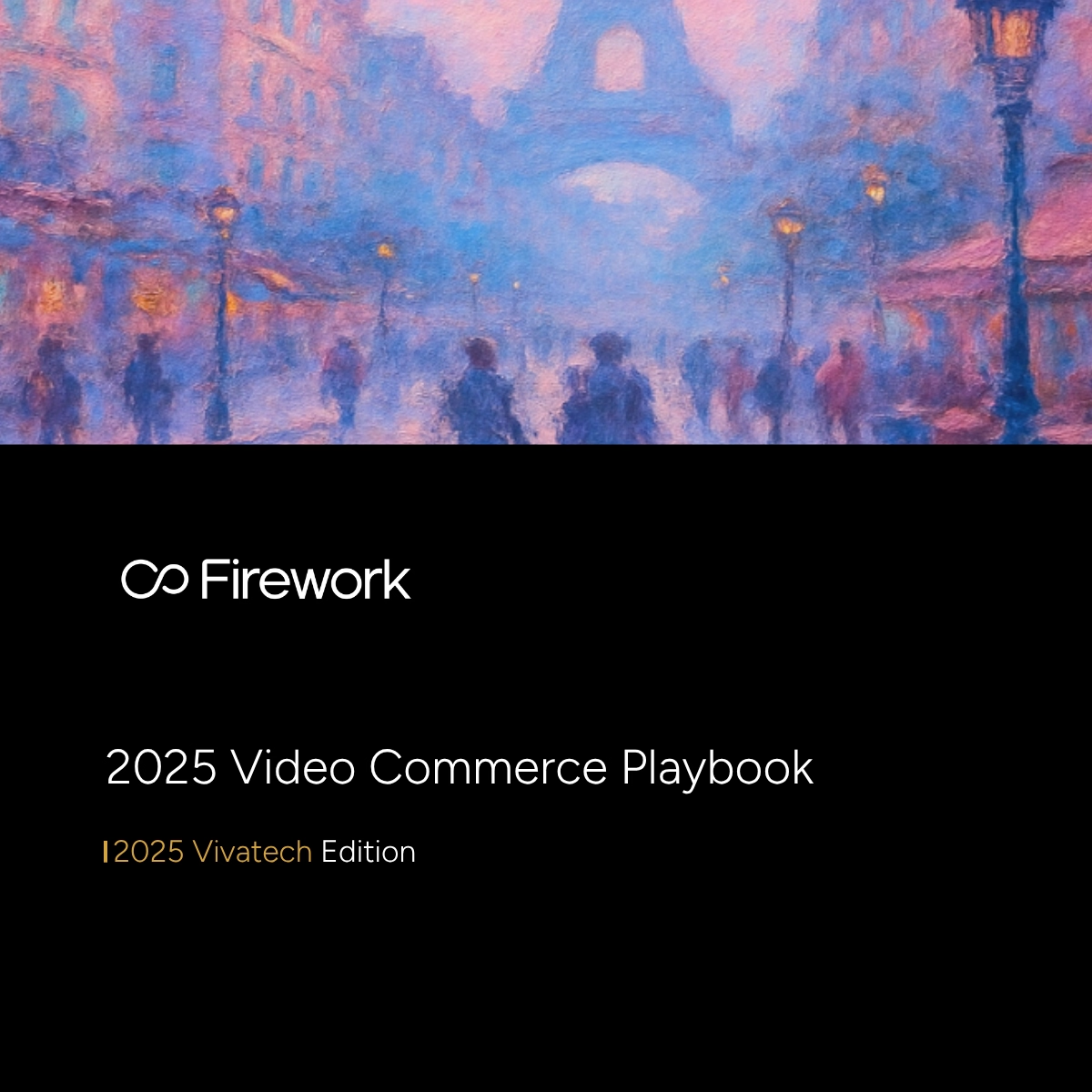









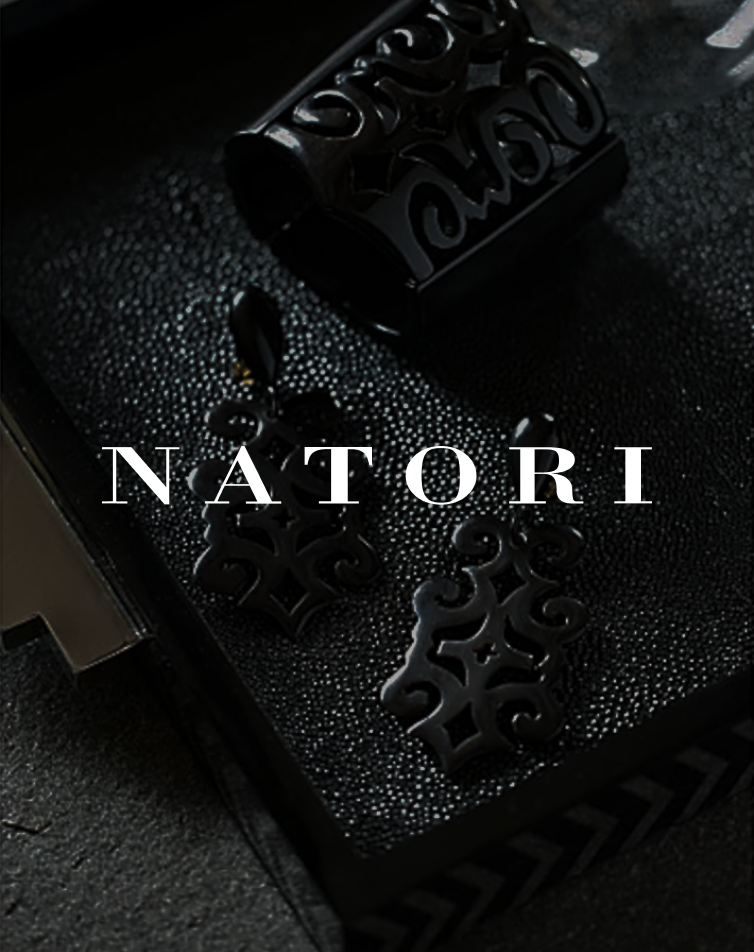






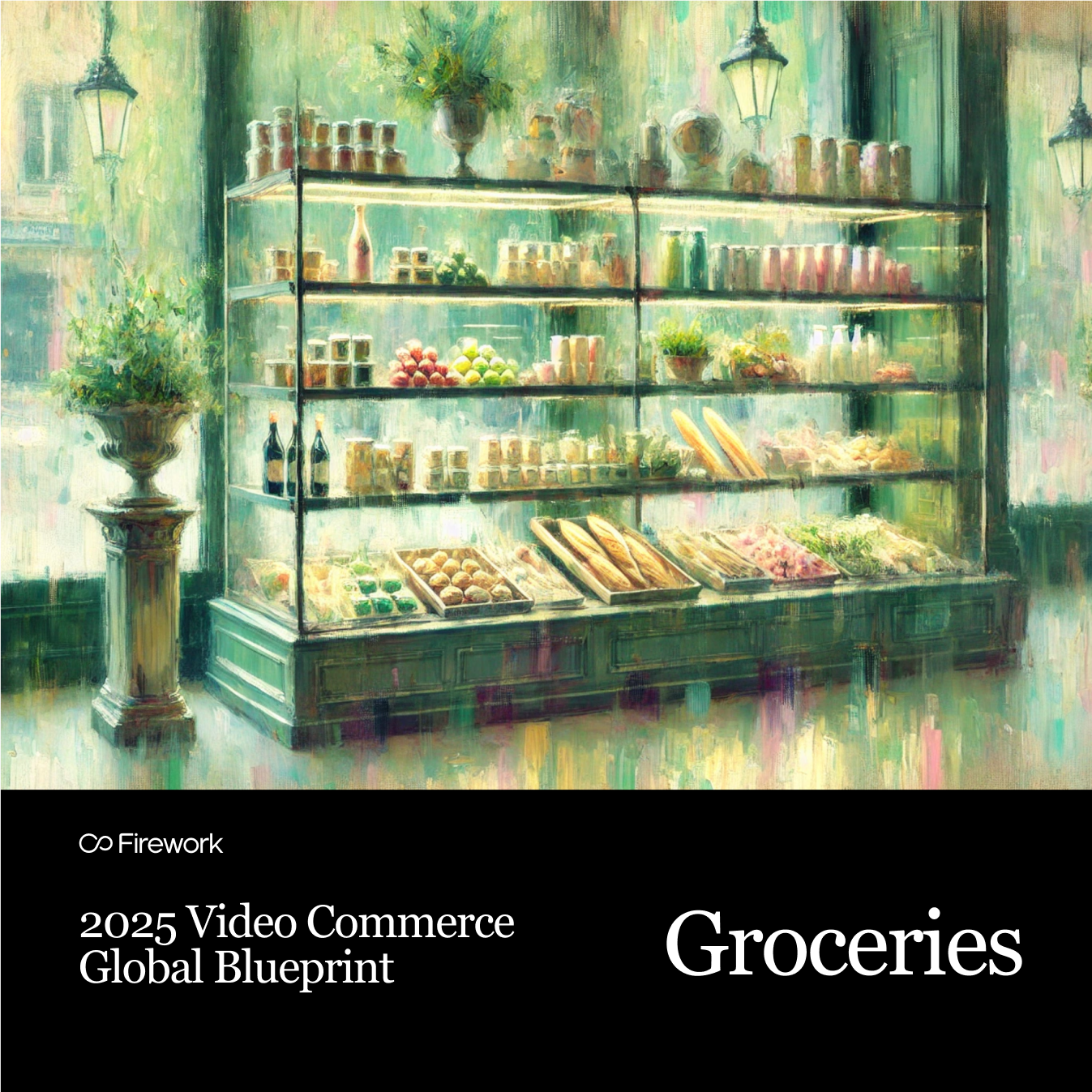


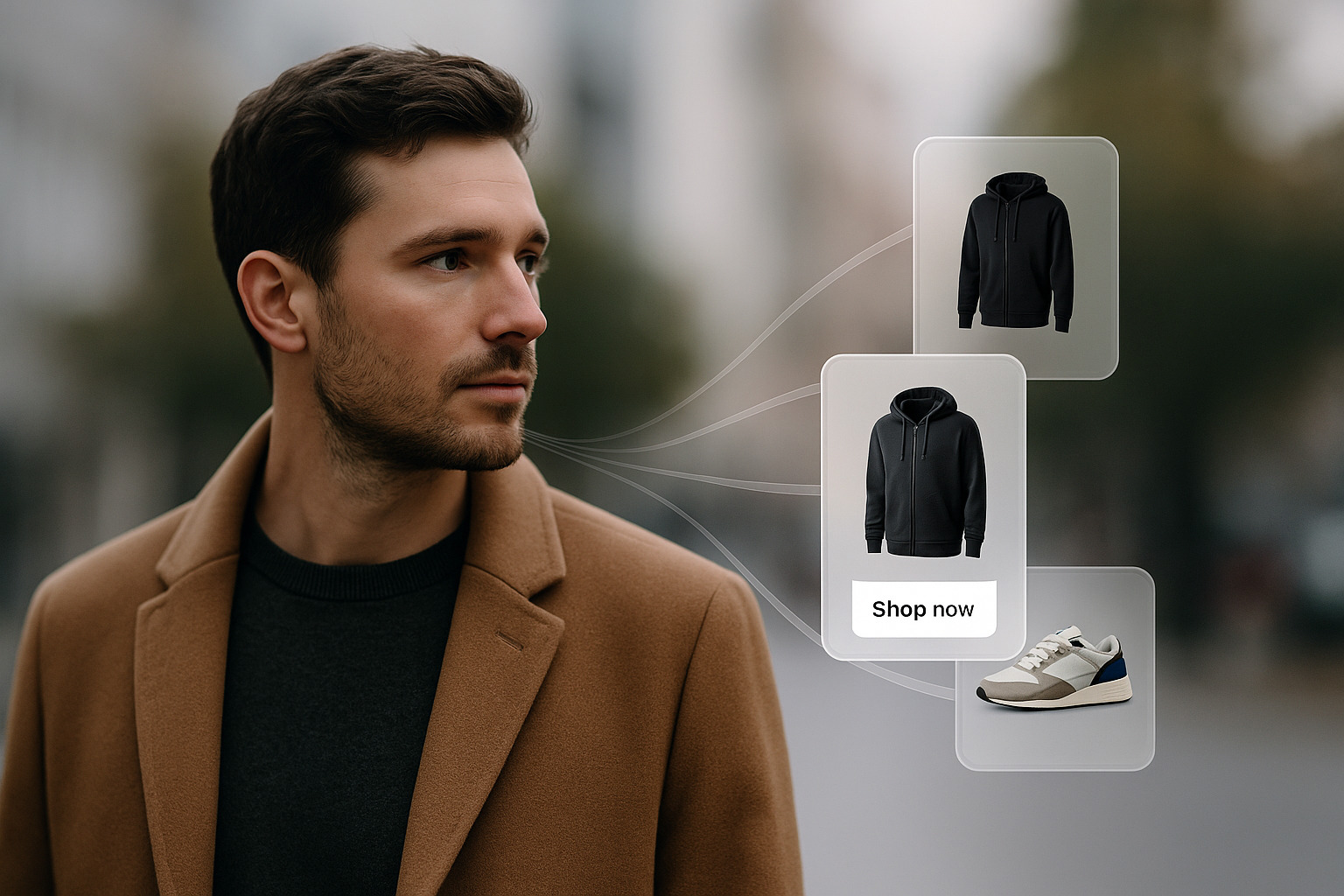

.png)

